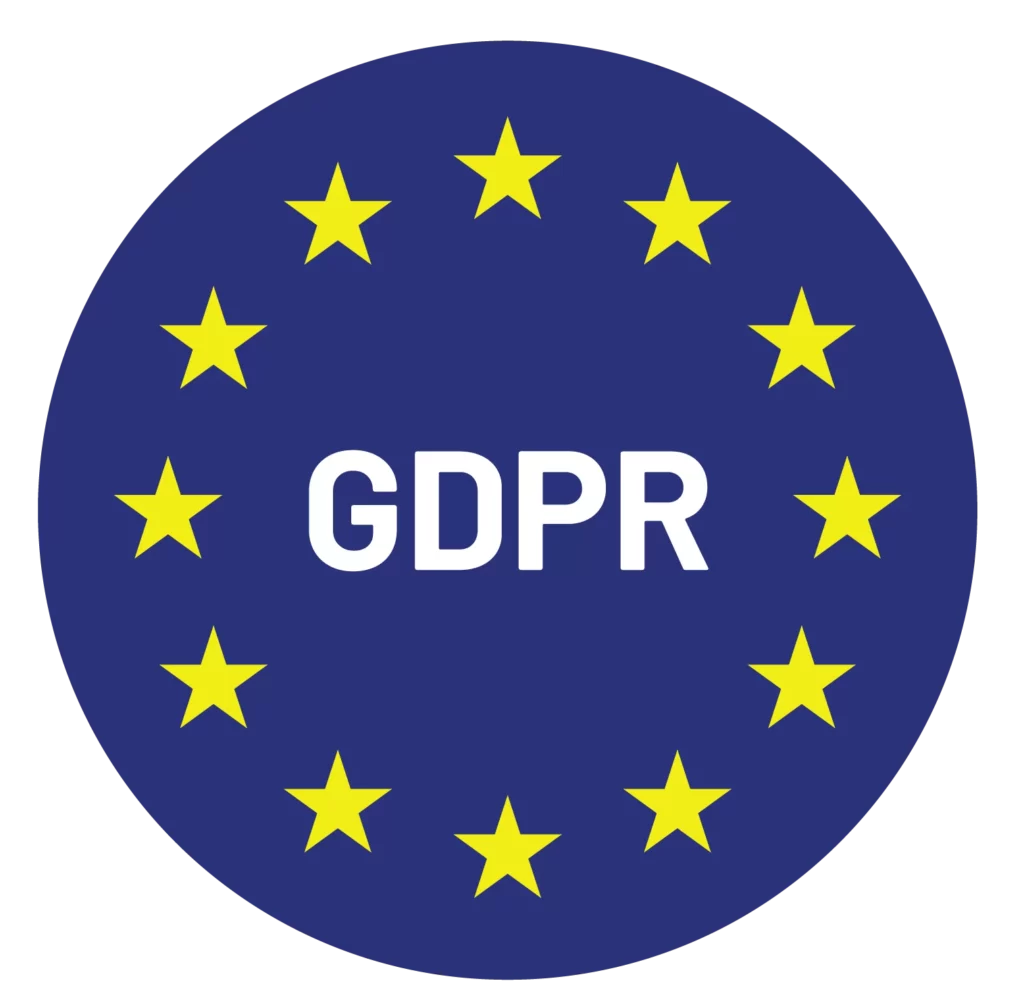Relationship coaching is a vital profession that helps individuals navigate the complexities of personal connections. Whether you’re a seasoned relationship coach or just starting your practice, one essential tool you should have in your toolkit is a well-designed client onboarding form.
The client onboarding form is a part of the client onboarding process, and it serves as the foundation for building strong client-coach relationships, ensuring clear communication, and setting expectations from the very beginning.
In this article, we will provide you with a comprehensive client onboarding form template tailored specifically for relationship coaches. It’s designed to be a great base for any relationship coach to use, and you should build on it with questions specific to you or your practice.
By using this template, you can enhance your professionalism, save time, and create a smoother onboarding process for your clients.
The Importance of a client onboarding form
- Clear communication: A well-structured onboarding form ensures that both you and your client are on the same page right from the start. It helps define goals, expectations, and the coaching process.
- Efficiency: Streamlining the onboarding process with a template saves you time and ensures consistency in the information you collect from each client.
- Professionalism: Presenting a professional customer onboarding form demonstrates your commitment to the coaching relationship and fosters trust with your clients.
The client onboarding form template for relationship coaches
Personal Information:
- Full Name
- Date of Birth
- Contact Information (Phone, Email, Address)
Coaching Goals:
- What are your primary goals or reasons for seeking relationship coaching?
- Are there specific challenges or issues you’d like to address?
Availability and Preferred Contact:
- When are you available for coaching sessions?
- Do you have a preferred method of contact (phone, email, video call)?
Previous Coaching Experience:
- Have you worked with a relationship coach before? If so, please provide details.
- What did you find most effective in previous coaching experiences?
Confidentiality and Boundaries:
- Are there specific confidentiality concerns or boundaries you’d like to discuss or establish?
- Do you have any preferences regarding session length, frequency, or location?
Payment and Policies:
- Payment method and frequency (if not already discussed)
- Cancellation policy
- Agreement to terms and conditions
Emergency Contact:
Name and contact information of an emergency contact person
Additional Information:
- Is there anything else you would like to share or discuss before we begin our coaching journey?
Implementing the client onboarding form
In the world of online coaching, implementing a client onboarding form is as easy as emailing it to your client.
However, when you use technology such as a coaching platform, you can digitize and streamline the entire onboarding process. That means when the prospective clients that enquire with you get registered as leads in the platform and you can follow up with them with emails from within the platform.
Then, you can use the platform’s coaching tools/forms functionality to send out the onboarding form and gather the response, storing it in one place for you to easily refer to throughout the engagement as needed.
Find out more about using online coaching tools with Simply.Coach’s Digital Tools feature.
The larger client onboarding process
As we mentioned at the start of the blog post, the new client onboarding form is really a part of a larger client onboarding process. If you don’t have a process in place yet, you need to consider what happens when a potential client reaches out to you (say through your website, over social media, via a reference, email or phone number, and so on). This is the point at which your client onboarding process must begin:
Step 1: Initial inquiry and contact
When a potential client reaches out, you respond promptly to express interest, answer initial questions, and schedule an initial consultation or discovery session.
Step 2: Initial consultation or discovery session
- This session is an opportunity for you and the client to get to know each other better
- You explain your coaching approach, style, and philosophy
- The client discusses their goals, challenges, and expectations for coaching
- Both parties determine if there’s a good fit for a coaching relationship
Step 3: Contract and agreement
- If you and the client decide to work together, you typically formalize the coaching relationship with a contract or coaching agreement
- The contract outlines the terms of the coaching relationship, including session frequency, payment details, confidentiality, and any other relevant policies
Step 4: Client onboarding form
- At this point, you provide the client with your onboarding form to gather essential information
Step 5: Payment setup
- You and the client arrange for payment based on the terms outlined in the contract. This could include setting up recurring payments or agreeing on a payment schedule.
Step 6: Welcome package
- Coaches often provide a welcome package that includes information about the coaching process, what to expect, and any resources that may be helpful to the client.
Step 7: The first coaching session
- The first official coaching session takes place. This session may involve setting specific goals and expectations for the coaching relationship.
Step 8: Ongoing communication
- Throughout the coaching engagement, you maintain open communication with their clients. This includes scheduling regular coaching sessions, responding to emails or messages, and providing support as needed.
These 8 steps conclude your onboarding process, and are followed by regular sessions, goal tracking, assignments, and feedback.
Conclusion:
As you can see from its role in the overall client onboarding process, an effective new client onboarding form sets the stage for a successful coaching journey, helping both you and your clients achieve their relationship goals.
A well-crafted customer onboarding form is an invaluable asset for relationship coaches. It facilitates clear communication, streamlines the onboarding process, and enhances your professionalism. By using the provided template, you can save time and ensure that you and your clients are aligned from the very start of your coaching relationship.

Content Marketing Consultant @ Simply.coach
Vaidehi is a content marketing consultant with a decade’s experience handling over 80 brands and multiple award-winning campaigns under her belt. When not working, you’ll find Vaidehi spending time with family, binge watching Netflix shows, and baking.
Read More:
Building an Effective Coaching Website: Best Practices and Essentials
Creating On-Brand Coaching Experiences with a Coaching Management System
Effective Marketing Strategies for ADHD Coaches: Reaching and Empowering Individuals with ADHD
Remote Team Coaching: Tools for Success
The 6-Question Coaching Tool That Will Improve Your Coaching Outcomes
5 Coaching Forms Every Relationship Coach Needs to Run an Engagement
About Simply.Coach
Simply.Coach is an enterprise-grade coaching software designed to be used by individual coaches and coaching businesses. Trusted by ICF-accredited and EMCC-credentialed coaches worldwide, Simply.Coach is on a mission to elevate the experience and process of coaching with technology-led tools and solutions.









